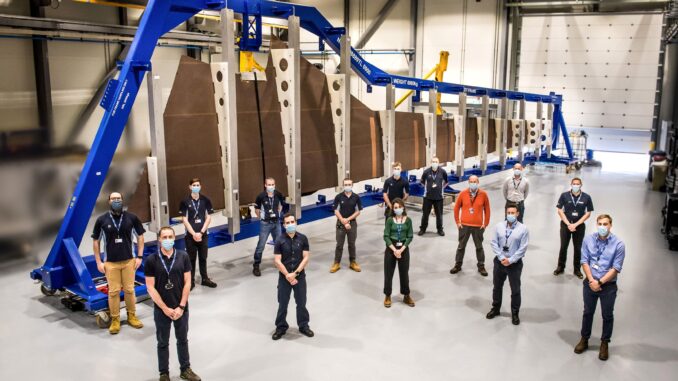
In the ever-evolving world of aviation, manufacturers are constantly pushing the boundaries of innovation to create more efficient, eco-friendly, and high-performance aircraft. Two major players in this industry, Airbus and Boeing, have recently unveiled their respective advancements in wing technology: the Airbus “Wing of Tomorrow” and the Boeing “Transonic Truss Braced Wing.” These cutting-edge designs promise to reshape the future of aviation by offering increased fuel efficiency, reduced emissions, and improved performance. In this article, we will delve into the key features and advantages of each design, as well as the potential impact they may have on the aviation industry.
Airbus Wing of Tomorrow (WoT)
The Airbus “Wing of Tomorrow” concept represents a holistic approach to wing design, focusing on aerodynamics, materials, and manufacturing techniques. One of the standout features of this design is the implementation of a blended wing body (BWB) configuration, which eliminates the clear distinction between the fuselage and wings, resulting in a smoother and more integrated shape. This novel design allows for better aerodynamic efficiency and increased lift-to-drag ratio.
Furthermore, Airbus has incorporated advanced materials such as carbon composites, which offer not only a reduction in weight but also increased strength and durability. The “Wing of Tomorrow” also integrates smart technologies, including embedded sensors that monitor structural health in real-time, enhancing maintenance procedures and overall safety.
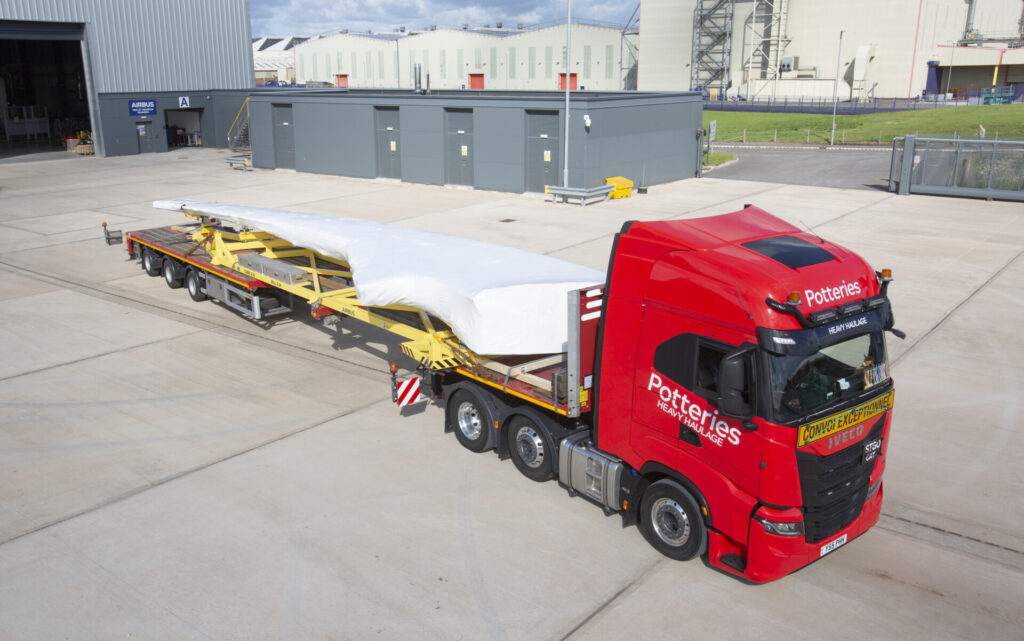
Boeing Transonic Truss Braced Wing (TTBW)
Boeing’s response to the future of wing design is the “Transonic Truss Braced Wing.” This design introduces a revolutionary approach by incorporating a truss structure on the upper side of the wing, which provides additional support and stability, reducing the wing’s weight and allowing for higher aspect ratios. This truss structure effectively mitigates the aerodynamic challenges associated with longer wings, particularly in the transonic flight regime.
The design also emphasizes fuel efficiency by optimizing lift distribution across the span of the wing, resulting in reduced drag and improved overall performance. Moreover, the Transonic Truss Braced Wing integrates advanced wingtip technology to further enhance aerodynamic efficiency, minimizing the formation of drag-inducing vortices.
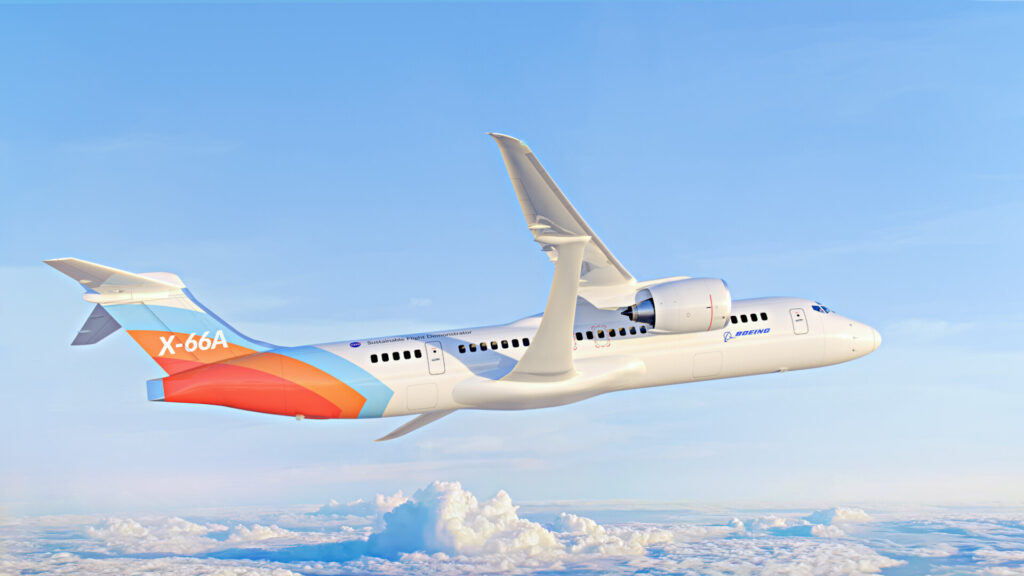
A Comparative Overview
Both Airbus’ “Wing of Tomorrow” and Boeing’s “Transonic Truss Braced Wing” are remarkable feats of engineering, but they approach the challenges of future aviation from slightly different angles. Airbus focuses on the blended wing body concept, promoting smoother aerodynamics and integrating state-of-the-art materials for enhanced performance and structural integrity. Boeing, on the other hand, addresses the transonic flight regime’s challenges through its truss-braced approach, prioritizing stability and fuel efficiency.
In terms of fuel efficiency and emissions reduction, both designs aim to contribute significantly to the aviation industry’s sustainability goals. The reduced weight, improved aerodynamics, and advanced technologies incorporated into each design collectively result in decreased fuel consumption and subsequently reduced greenhouse gas emissions.
Potential Industry Impact
The introduction of these advanced wing designs by Airbus and Boeing signals a paradigm shift in aviation technology. The aviation industry has been under increasing pressure to reduce its carbon footprint and operate more sustainably, making these innovations particularly timely.
As airlines seek to optimize operational costs and governments implement stricter emissions regulations, aircraft manufacturers must deliver solutions that align with these goals. Both the Airbus “Wing of Tomorrow” and Boeing “Transonic Truss Braced Wing” have the potential to transform how aircraft are designed, manufactured, and operated, setting new standards for efficiency, performance, and environmental impact.
Conclusion
In the competitive world of aviation, Airbus and Boeing continue to drive innovation by introducing groundbreaking wing designs that promise to revolutionize the industry. The Airbus “Wing of Tomorrow” and Boeing “Transonic Truss Braced Wing” showcase distinct approaches to addressing the challenges of future flight. While Airbus emphasizes the blended wing body and advanced materials, Boeing takes a truss-braced approach to enhance stability and fuel efficiency.
These designs are not only about engineering excellence but also about shaping the future of aviation sustainability. As the industry moves towards greater environmental responsibility, these wing innovations represent significant strides toward achieving a more eco-friendly and efficient aviation landscape. As these designs become a reality and start to take flight, their impact on the aviation sector and the world at large will be closely watched, shaping the course of air travel for years to come.


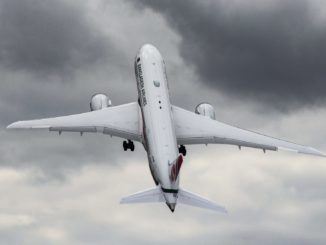
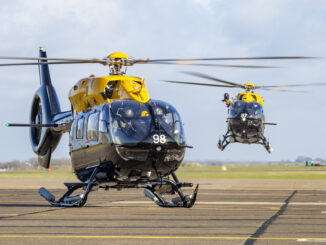
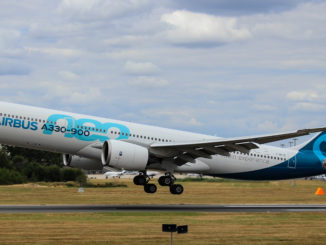
I wouldn’t want to be sitting at eye level with the engine as in the Boeing design.